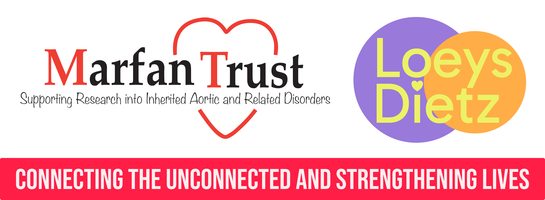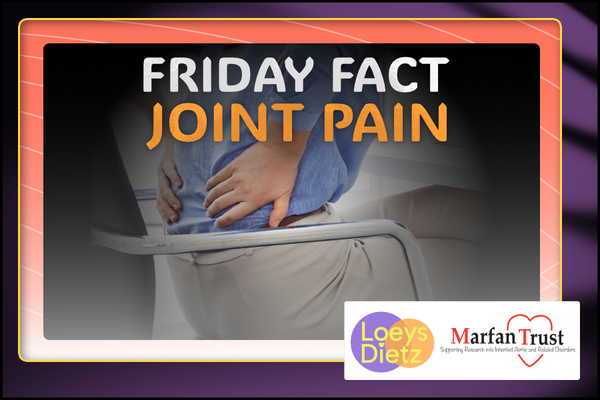Tangibly felt and yet invisible to people around you, (chronic) pain is a common and unwelcome feature of Marfan syndrome. The source is largely skeletal, with the loose joints, lax feet and large frame so characteristic of the condition all conspiring to cause great discomfort.
People with Marfan syndrome experience more aches in the back and limbs than other people. This may be attributed to the mechanics of living in a large body with all of the attendant stresses, along with the laxity of the joints. In this episode of Pain in MFS we look specifically at joints.
Joint Pain
Loose joints are vulnerable to ‘subluxation’ and dislocation.
Subluxation is basically defined as “a partial dislocation”. It can be no less painful than a full dislocation but the two bones that form the joint are still partially in contact with each other.
A dislocation is defined as “displacement of a bone from its natural position in the joint”. This is where the two bones that form a joint fully separate from each other.
The main reason this is a phenomenon amongst those with Marfan syndrome is fibrillin which is an important component of connective tissue, providing stretchy strength in ligaments, tendons and in joint capsules which act like a tennis ball, surrounding and holding the bones in the joint together. In Marfan syndrome, the fibrillin is defective and so joint support is lost, making dislocations more likely to happen.
Treatment varies from physiotherapy and surgery to temporary measures such as splints or braces for hands and feet, and patellar supports for knees.









